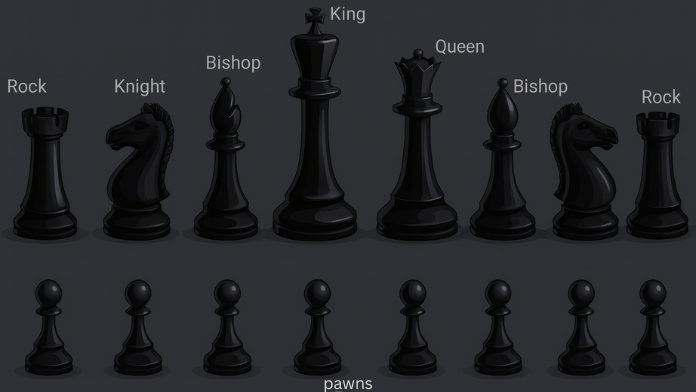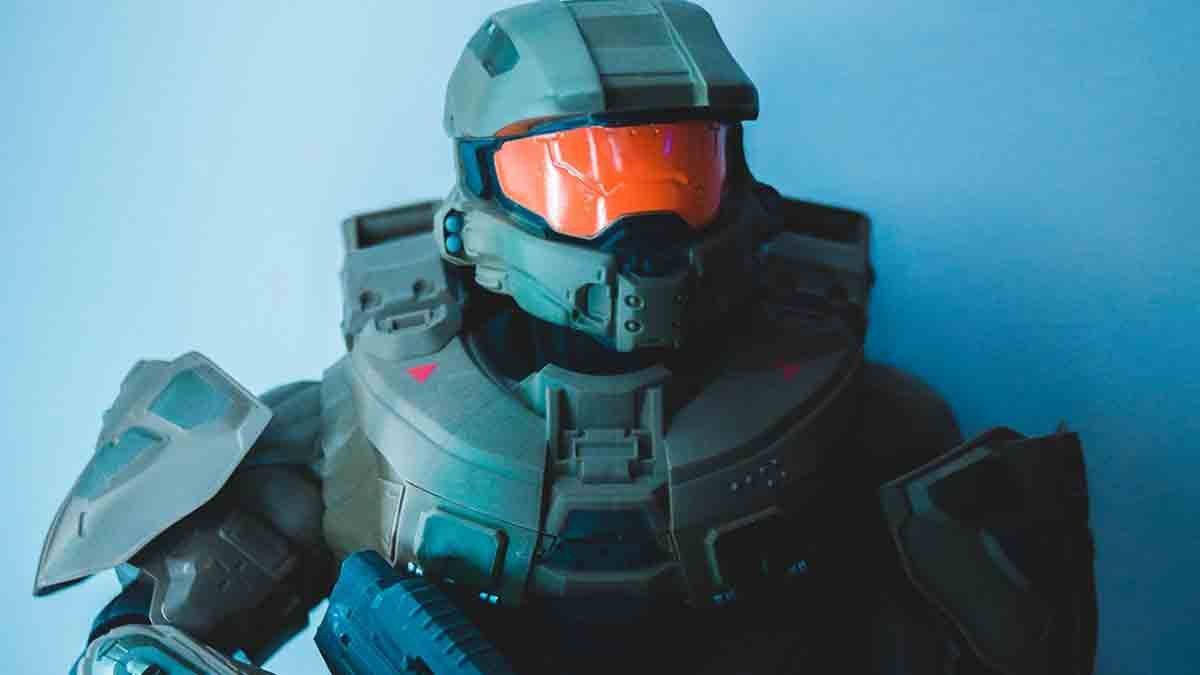
Chess is more than a board game—it is a language of strategy, logic, and symbolic storytelling. Understanding the Name of Chess Characters helps players decode the deeper meanings behind each piece and develop a stronger sense of how the game flows. Many beginners know the basic pieces, but few understand why they’re named the way they are, what historic roles they represent, or how each chess character’s movements relate to real battlefield strategies.
In this complete guide, we explore the background, function, and symbolism of all chess characters. Whether you’re a rising enthusiast or someone who wants to refine your strategy, understanding the Name of Chess Characters provides the foundation for clearer thinking and smarter decision-making on the board. This article walks through each chess character, their unique moves, and the strategic philosophies behind them, including practical examples and tactical insights.
The Origin of Modern Chess Characters
The ancient Indian game Chaturanga, in which the pieces stood in for infantry, cavalry, chariots, and elephants, is where the modern chess set had its start. As the game gained popularity in Persia and later Europe, its names and designs evolved into increasingly symbolic and stylised forms.
Many aspects of the names we currently use for name of chess characters can be explained by this evolution. Because of European influence, the Queen became the most powerful piece, the King became the symbol of authority, and the Rook’s design evolved from chariots to fortified castles. Players can better understand the motivations behind each chess character’s actions by being aware of these roots.
Overview of the Name of Chess Characters and Their Core Roles

Before diving deeper into each piece, here are the main chess characters:
- King
- Queen
- Rook
- Bishop
- Knight
- Pawn
Although simple in appearance, each character represents a different idea, personality, and tactical function in the battle of strategy. Their movements reflect their symbolic meanings, making the game both logical and artistic.
King: The Central Character with Limited Power
Symbolism of the King
The King is the heart of the game. If the King falls into a checkmate, the entire army loses. This mirrors real-life leadership structures: the King rarely fought on the front lines but was heavily protected.
Movement and Role
The King moves one square in any direction. While his mobility is restricted, his importance is absolute. Many players mistakenly try to keep the King too safe, but expert strategy involves activating the King in endgames.
Strategic Insights
- The King becomes a powerful weapon in endgames.
- Castling is essential for early safety.
- Avoid unnecessary risks; one mistake ends the match.
Queen: The Most Powerful Chess Character
Meaning Behind the Queen
The Queen became the strongest piece during the Middle Ages, reflecting the rising influence of European queens in politics. Her power symbolizes versatility, speed, and command.
Moves and Strength
The Queen blends the movement of the Rook and Bishop, moving in straight lines or diagonally across the board.
Tactical Uses
- Best for controlling open lines.
- Ideal for delivering finishing attacks.
- Must be used wisely—overusing her early can lead to traps.
Rook: The Towering Guardian
Symbolic Meaning
Originally representing chariots in ancient India, the Rook gradually transformed into the castle-like structure we see today. It symbolizes defense, strength, and structure.
Movement
The Rook moves in straight lines horizontally or vertically.
Strategic Strengths
- Controls entire files and ranks.
- Crucial for endgame checkmating patterns.
- Works best in pairs.
Common beginner advice is: activate your rooks early by connecting them, a strategy even grandmasters rely on.
Bishop: The Diagonal Master
What the Bishop Represents
Historically, Bishops replaced the ancient elephant piece. Their diagonal movement represents the ability to reach unexpected and distant positions quickly.
Moves
Each Bishop stays on one color—light or dark—throughout the game.
How to Use Bishops Effectively
- Strong in open positions with long diagonals.
- Weak if blocked by pawns.
- A pair of Bishops is a powerful attacking resource.
Knight: The Trickiest Chess Character
Symbolism
The Knight represents cavalry—fast, agile, and capable of jumping over obstacles. This unique ability makes the Knight one of the most challenging pieces for beginners to evaluate.
Movement
The Knight jumps in an L-shape: two squares in one direction and one square perpendicular.
Strategic Value
- Strong in closed positions.
- Excellent for creating forks.
- Can attack high-value pieces unexpectedly.
Knights require calculation and creativity, making them beloved among advanced players.
Pawn: The Foot Soldier with a Hidden Power
Meaning and Role
Pawns symbolize infantry units—numerous, limited, but essential. Their movement reflects their real-life role: moving forward but capturing diagonally.
Movement Rules
- Move one square forward (two on the first move).
- Capture diagonally.
- Can promote to any piece except a King if they reach the last rank.
Why Pawns Matter
- They shape the structure of the game.
- Pawn chains determine the strategic landscape.
- Proper pawn management is the foundation of advanced play.
Understanding Chess Character Moves in Practical Scenarios
To master chess, knowing how pieces move is not enough. You must understand how they work together. Let’s explore real scenario examples.
Opening Example
- Knights usually develop before Bishops.
- Pawn moves open pathways for major pieces.
- Castling protects the King and activates Rooks.
Middle Game Example
- Bishops and Queens often form lethal diagonal attacks.
- Rooks dominate open files to pressure the opponent.
- Knight forks can win valuable material.
Endgame Example
- Rooks and Kings become central forces.
- Pawns decide promotion opportunities.
- Minor pieces coordinate differently depending on pawn structure.
These principles show that the Name of Chess Characters is not just a list—it’s a strategic ecosystem.
The Role of Chess Characters in Modern Gameplay
Chess characters influence not just movement but planning, time management, and decision-making. Every piece has a specific purpose:
- The King needs safety.
- The Queen drives offense.
- Bishops control diagonals.
- Knights attack unstable points.
- Rooks manage open lines.
- Pawns build structure.
In advanced games, players study how the pieces complement each other and create plans based on piece activity.
Common Mistakes Players Make With Chess Characters
Mistake 1: Overvaluing the Queen Early
Early Queen attacks can lead to loss of tempo and falling into traps.
Mistake 2: Neglecting Pawn Structure
Weak pawns are long-term weaknesses.
Mistake 3: Keeping Rooks Passive
Rooks on inactive squares reduce winning chances.
Mistake 4: Misusing Knights
Knights on the edge (“a Knight on the rim is dim”) lose influence.
Each mistake boils down to misunderstanding the deeper meaning and purpose behind each chess character.
How to Study Chess Characters Effectively
Studying chess characters is a combination of theory, practice, and pattern recognition.
Learn Basic Principles
Start with development, center control, and King safety.
Practice Tactics
Forks, pins, skewers, discovered attacks—all rely on correct piece coordination.
Play Endgames
Endgames reveal the pure power of each piece, especially Rooks and Kings.
Review Grandmaster Games
You’ll learn how top players use each chess character to create long-term plans.
Conclusion
Players have a significant edge when they know the name of the chess characters. These pieces represent concepts, hierarchies of power, and tactical tenets more than names. In every stage of the game, every piece has a personality, a function, and a place.
You may think more clearly, make better decisions, and approach the board with the mindset of a strategy rather than just a player if you understand their roles and meanings. Studying chess personalities will improve your performance and enjoyment of the game, regardless of your skill level.
FAQs
- What is the Name of Chess Characters in a standard game?
The Name of Chess Characters includes the King, Queen, Rook, Bishop, Knight, and Pawn. - Which chess character is the most powerful?
The Queen is the most powerful due to her ability to move freely in both straight and diagonal directions. - Why do some chess characters stay on the same color?
Bishops stay on one color because they move diagonally, restricting them to either light or dark squares permanently. - What is the strongest chess character move for beginners to learn first?
Knight forks are extremely effective for beginners because they create multi-piece threats. - How does understanding chess characters help improve gameplay?
Learning each character’s role, value, and movement helps players create better strategies and avoid common mistakes. - Why is the Pawn considered powerful despite limited movement?
Pawns control the structure of the game and can promote into stronger pieces, making them crucial for long-term strategy. - Are chess characters the same in all countries?
Yes, the characters are the same globally, although their visual design may differ between regions.








